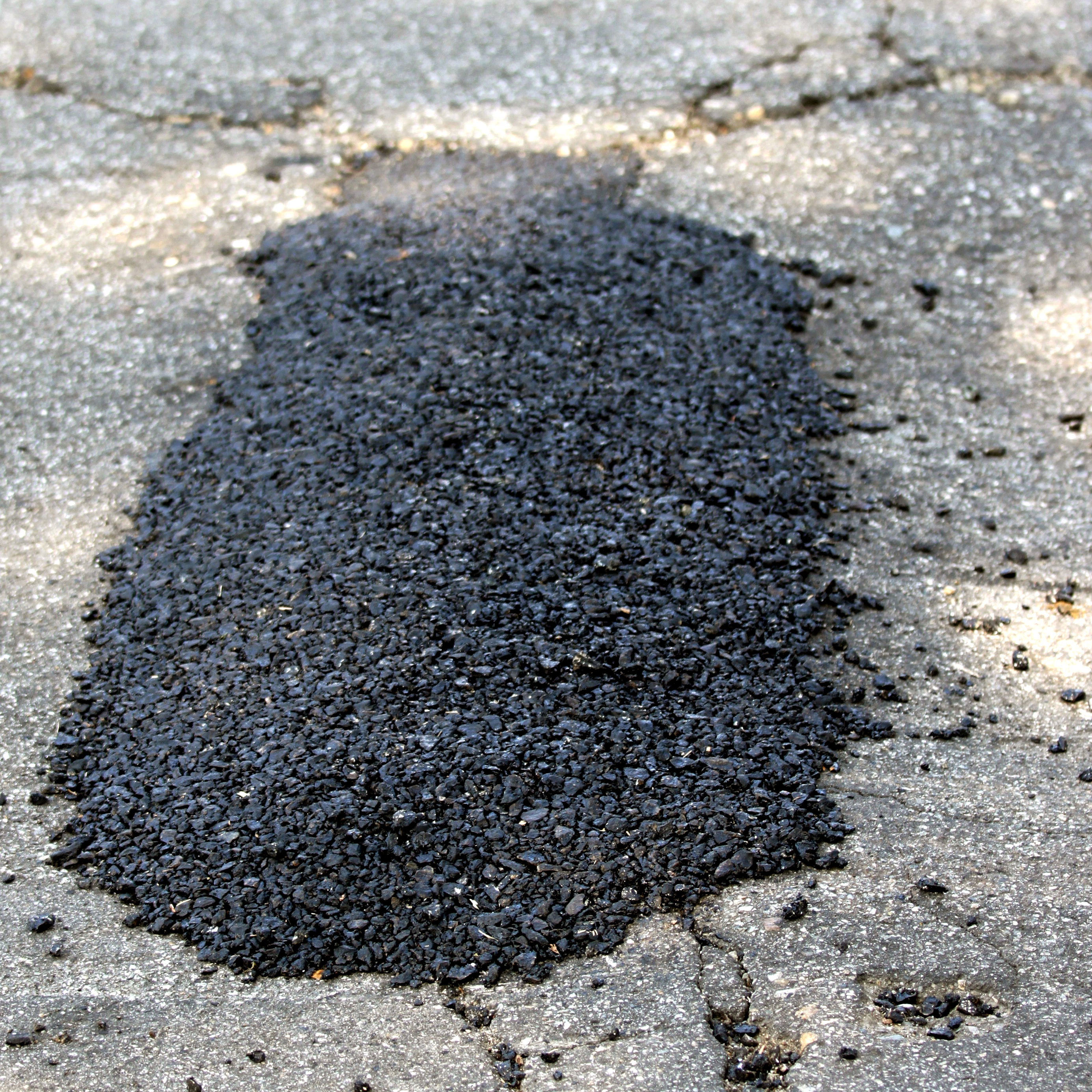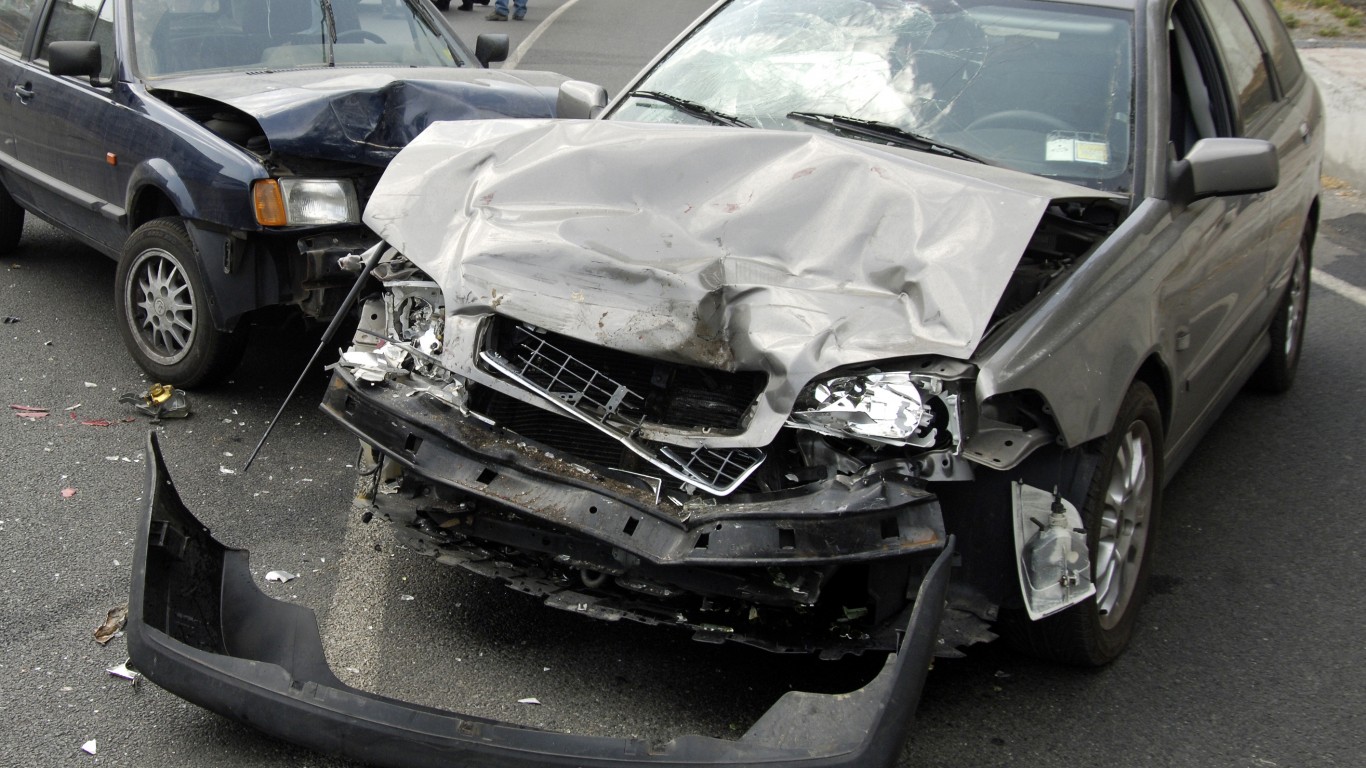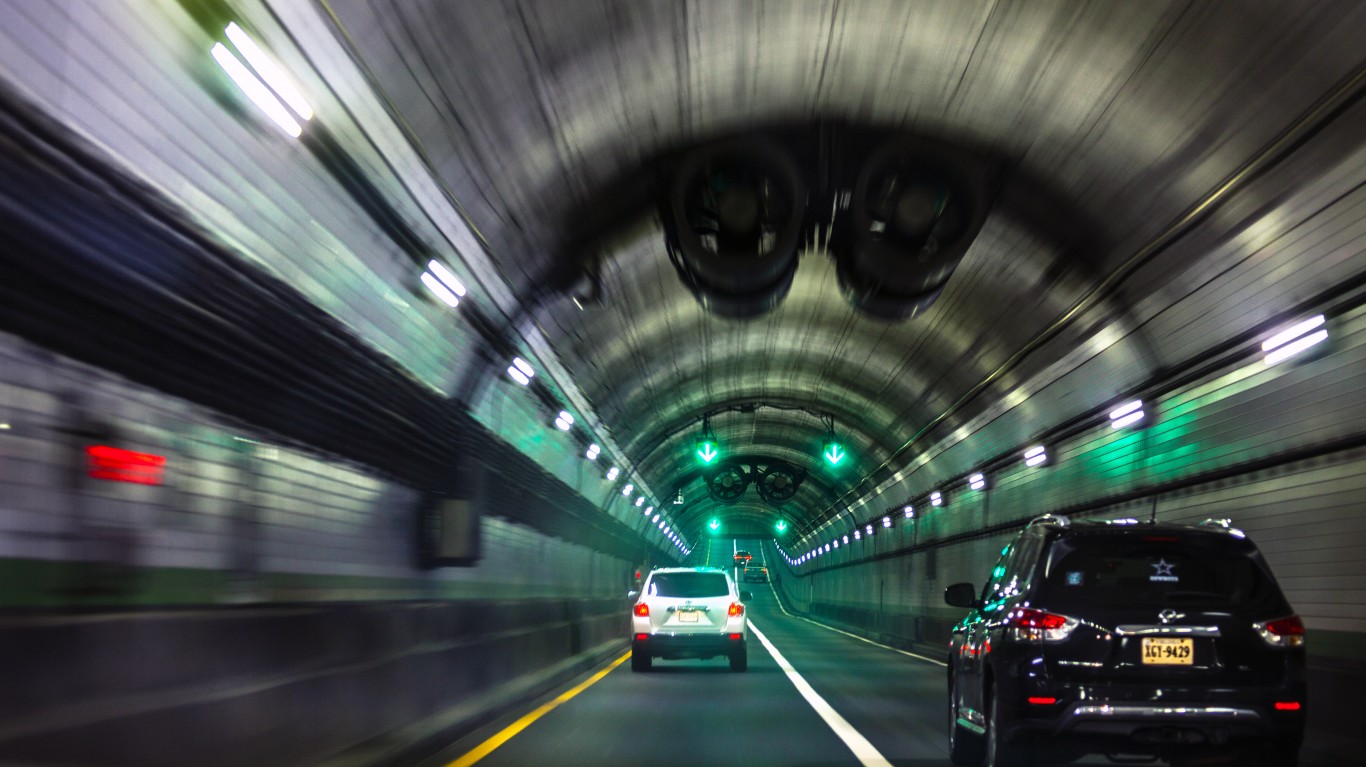
Just about the only thing that Democratic presidential nominee Hillary Clinton and Republican candidate Donald Trump agree on is that the nation’s infrastructure is crumbling and that something must be done to fix it. Clinton’s proposal calls for spending $275 billion on U.S. infrastructure, and Trump has said he wants to spend “at least double” that amount.
Congress passed and President Obama signed a five-year, $305 billion highway bill in 2015 that’s missing just one detail: nearly $75 billion in funding that will be coming out of the federal government’s general fund, including sales of crude oil from the country’s Strategic Petroleum Reserve. The rest will come from transportation user fees, including the federal gasoline tax of $0.184 per gallon, an amount that was last increased in 1993.
So how bad is U.S. infrastructure, and, especially, how bad are U.S. highways, roads and streets? The short answer is “pretty bad.” According to a 2015 report from a group called the American Association of State Highway and Transportation Officials, the backlog of work on the nation’s roads and bridges totaled $750 billion, comprised of $392 billion just to fix existing roads, $237 billion to expand U.S. highway capacity and $112 billion for work on bridges.
In a report issued earlier this week, a transportation research group called TRIP released a report on the annual costs to motorists from driving on the country’s bumpy roads. The report includes data on 25 of the country’s large cities (population greater than 500,000) and 25 medium-sized cities (population 200, 000 to 500,000).
The report notes the percentage of roads in poor condition in each city and the out-of-pocket vehicle operating costs that drivers incur as a result of the poor road conditions.
Here are the 12 large cities with the highest percentage of roads in poor conditions and the added costs.
- San Francisco-Oakland: 71% of roads in poor condition; annual added costs of $978
- Los Angeles-Long Beach-Santa Ana: 60%; $892
- San Jose, California: 59%; $863
- Detroit: 56%; $865
- Milwaukee: 56%; $861
- Bridgeport-Stamford, Connecticut: 55%; $797
- Omaha: 54%; $852
- Oklahoma City: 53%; $1,025
- Grand Rapids, Michigan: 52%; $742
- Tulsa, Oklahoma: 49%; $998
- Honolulu: 49%; $745
- Cleveland: 49%; $748
TRIP is a non-profit organization supported by insurance companies; equipment manufacturers, distributors and suppliers; businesses involved in highway and transit engineering, construction and finance; labor unions; and organizations concerned with an efficient and safe surface transportation network. The report, “Bumpy Roads Ahead: America’s Roughest Rides and Strategies to Make Our Roads Smoother,” is available at the group’s website.
The Average American Has No Idea How Much Money You Can Make Today (Sponsor)
The last few years made people forget how much banks and CD’s can pay. Meanwhile, interest rates have spiked and many can afford to pay you much more, but most are keeping yields low and hoping you won’t notice.
But there is good news. To win qualified customers, some accounts are paying almost 10x the national average! That’s an incredible way to keep your money safe and earn more at the same time. Our top pick for high yield savings accounts includes other benefits as well. You can earn up to 3.80% with a Checking & Savings Account today Sign up and get up to $300 with direct deposit. No account fees. FDIC Insured.
Click here to see how much more you could be earning on your savings today. It takes just a few minutes to open an account to make your money work for you.
Our top pick for high yield savings accounts includes other benefits as well. You can earn up to 4.00% with a Checking & Savings Account from Sofi. Sign up and get up to $300 with direct deposit. No account fees. FDIC Insured.
Thank you for reading! Have some feedback for us?
Contact the 24/7 Wall St. editorial team.


